Contemporary luthier Tim Duerinck has created a cello made from flax fibre, bringing new possibilities for eco-friendly instrument design.
The cello, soon to be on display at Texture, Belgium’s museum of textiles and flax in Kortrijk, was made with pieces of mirror-twilled fabric layered with natural flax to create the patterns used when producing traditional wooden cellos. The pieces of fabric were then put into a mould and, using vacuum pressure, a resin was pumped through the mould and left to cure.
Duerinck is no stranger to exploring new materials and shapes outside of the classical norm. Previously he has experimented using materials ranging from alternative wood species and other fibre-reinforced composites, including a cello made almost entirely out of Styrofoam.
Read: Student creates Styrofoam-covered cello to amplify sound
Read: Violin crafted entirely from wood of indigenous African trees
With the help of textile designer Esther van Schuylenbergh, Duerinck was able to explore the design possibilities for application in composite materials. The aim was to create a cello made from flax fibre that not only makes the instrument durable but is able to obtain its acoustic qualities. Schuylenbergh is keen the stress that this innovative design only marks the beginning of flax fibre’s musical capabilities: ‘In my opinion there’s a lot more research to be done regarding structural efficiency: how thick and dense should the yarn be, and does it provide a structural advantage to the composition material?’
In a world that is consistently re-evaluating its effect on the environment, Duerinck felt it was important to explore the greener alternatives to traditional lutherie. ‘The problem is that synthetic materials often have a big environmental footprint, with respect to production, recyclability and so on.’ he explains on the Texlab YouTube video. ‘Flax provides an environmentally friendly alternative.’
His views on finding an environmentally friendly alternative are echoed by cellist and composer Benjamin Glorieux, who worked closely on the project with Duerinck fine-tuning the instrument and performing the flax cello in concert during Festival Kortrijk. ‘What do we use wood for today? It has to be specific wood from protected species… Do we even still want that?’ Glorieux says. ‘The flax cello feels more complete. It looks so different, and it feels so different; a certain softness contrasting the rigidity of the object itself. Wood – due to the coating or something – feels less accessible. But then I’m comparing, and I don’t want to do that.’
From July 2022 the flax cello will be showcased at the Texture Museum’s Wonder Room and cellists will be encouraged to come along and play the creation.























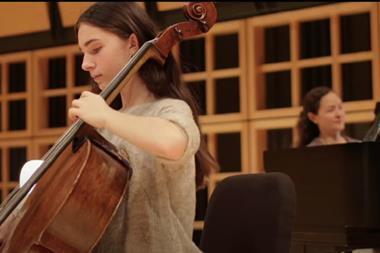


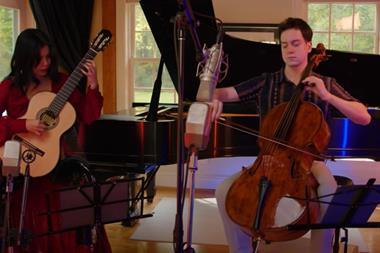
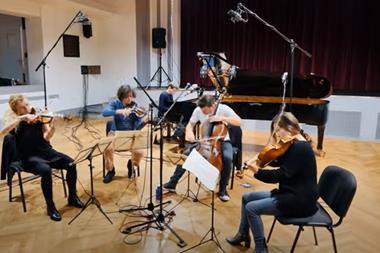
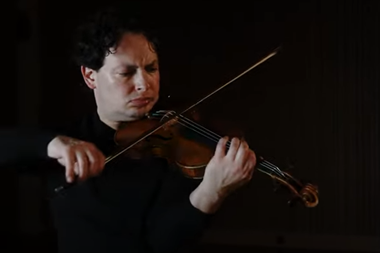


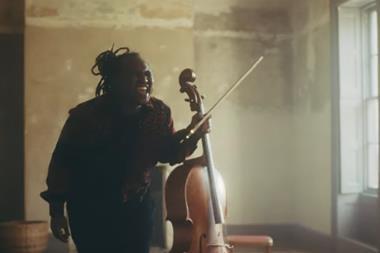
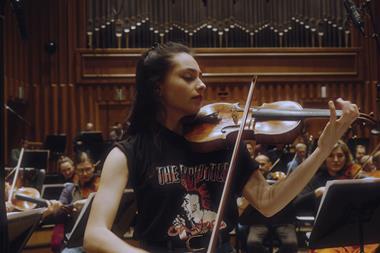













1 Readers' comment